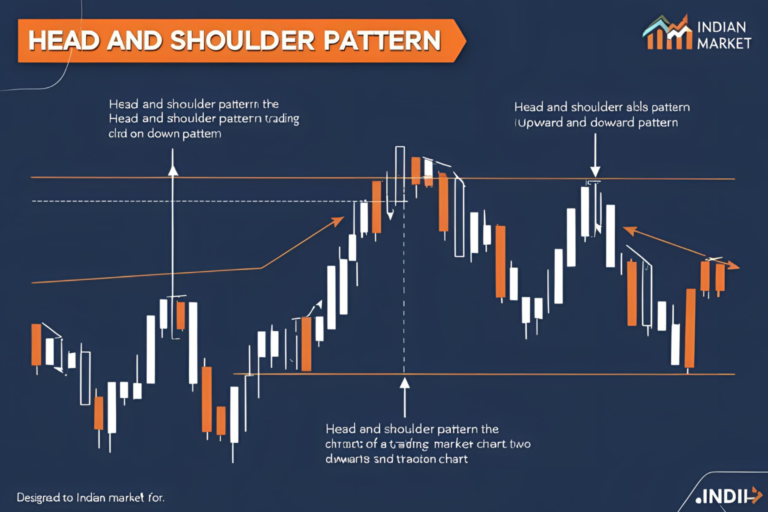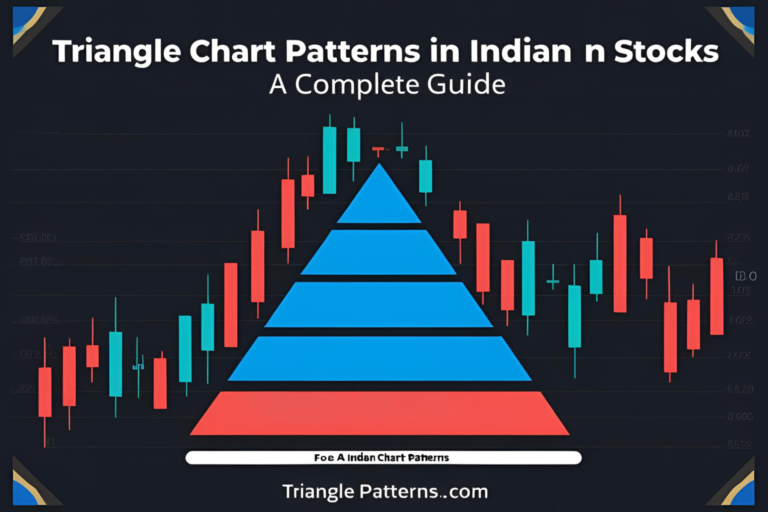How to Use Support and Resistance on Stock Charts
Support and resistance levels are two of the most fundamental concepts in technical analysis. For Indian stock traders, understanding these levels can greatly improve trade entries, exits, and stop-loss placement. In this guide, we’ll explain what support and resistance mean, how to identify them on stock charts, and how to use them in real Indian market scenarios.
What Is Support?
Support is a price level where demand is expected to be strong enough to prevent the stock from falling further.
- It acts as a floor.
- Traders often look for buying opportunities at support zones.
Example: Reliance Industries consistently finds support near ₹2,400 during market pullbacks.
What Is Resistance?
Resistance is a price level where selling pressure is expected to overpower buying interest, preventing further price rise.
- It acts as a ceiling.
- Traders often look to sell or short at resistance zones.
Example: Infosys faces repeated resistance around ₹1,600.
How to Identify Support and Resistance on Indian Stock Charts
1. Historical Price Reaction
Look for zones where the price has bounced or reversed multiple times.
2. Round Numbers
Psychological levels like ₹500, ₹1,000 often act as support or resistance.
3. Moving Averages
Dynamic levels like 50 EMA or 200 SMA often act as support/resistance.
4. Previous Highs and Lows
Use swing highs/lows as horizontal levels.
Tip: Use TradingView India to draw horizontal lines and see repeated tests of price levels.
Using Support and Resistance in Trading Strategies
1. Bounce Trading
Buy at support → Exit near resistance
Sell at resistance → Exit near support
2. Breakout Trading
- Bullish Breakout: Price closes above resistance with strong volume
- Bearish Breakdown: Price closes below support with strong volume
Example: HDFC Bank breaks ₹1,550 resistance with volume — possible breakout trade.
3. Stop-Loss Placement
Place stop-loss slightly beyond support/resistance to avoid being hit by market noise.
Support and Resistance in Different Timeframes
| Timeframe | Use Case |
|---|---|
| 5-min / 15-min | Intraday bounce or breakout trades |
| Daily | Swing trades and trend analysis |
| Weekly | Long-term investment decisions |
FAQs
1. Do support and resistance levels work on all Indian stocks?
They work best on liquid NSE stocks, index components, and F&O stocks with high volume.
2. Can moving averages act as support/resistance?
Yes. 50 EMA and 200 SMA are widely used dynamic support/resistance levels by Indian traders.
3. What platform is best for drawing support/resistance lines?
TradingView India, Zerodha Kite, and Upstox Pro offer easy-to-use charting tools.
4. Is support/resistance reliable in volatile markets?
Less reliable during news events or gap-ups/downs, so use confirmation (volume or indicators).
5. How many times should a level be tested to consider it valid?
At least 2–3 clean rejections or bounces make a level significant.



